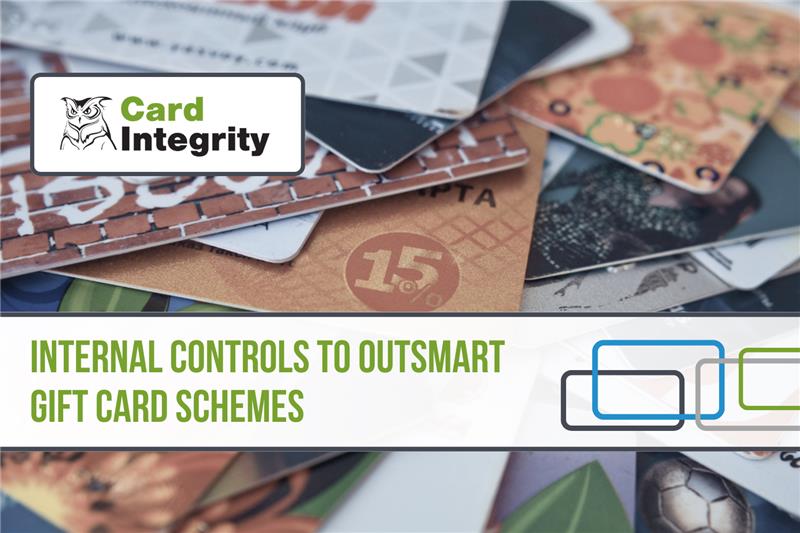When a person commits fraud with a purchasing card (P-Card), by definition, it is a deliberate act. This differs from misuse due to the intent behind it. The cardholder knows that his or her usage of that P-Card is wrong—perhaps even criminal. Yet, they go through with the purchasing card fraud anyway. And often, such perpetrators will go to extreme lengths to hide their fraudulent actions.
So how does a business, be it a public institution, an institution of education, a corporation, or a non-profit organization, nip fraud in the bud?
It takes intentional, proactive steps by company management to combat fraud at its roots. Here are a few things you can do to help prevent your company from being a victim of P-Card fraud.
Encourage diligence from others
Often, when fraud is initiated, more than one person knows about it and is involved in the act. And despite their best efforts, the fraudsters don’t necessarily go undetected by those around them.
Silence, in such a situation, is deadly to the healthiness of a company’s P-Card system. Employees need to be encouraged to look out for such fraud, and then step up and speak up regarding any illegal use they notice by other cardholders. This is accomplished most successfully by:
- Listening to what the reporting employees have to say
- Following up on what they report
- Holding accountable those found responsible for the fraud with set consequences
- Communicating the end result candidly to all company employees
- Keeping the employees feeling safe and secure against any retaliation
Don’t forget your merchants
If your P-Cards are used with the same merchants on a regular and continuous basis, cultivate a good working relationship with them as well and keep the lines of communication open. Let them know your policies and procedures as they refer to those merchants. This way, they can be vigilant against any possible attempts at fraud. Together, your collaboration will help keep fraud at bay.
It should be mentioned that corporate card fraud is not always initiated by the cardholder. Take the example of duplicate payments: according to the American Productivity and Quality Center, they make up an average of 1.5% of an organization’s annual spend, and they can happen for a few different reasons.
Oftentimes, it is the result of a clerical error. If there is poor communication between the person at your organization looking over card transactions, and the person processing invoices (one might be “procurement” while the other is “accounts payable”, and may not be looking at the same data), you may not notice that your organization is being charged twice for the same transaction. This is quite common—we offer an Invoice Review service that checks for duplicates between credit card transactions and AP invoices.
Educate all involved
Communicating what is expected from each cardholder—and what might happen if those expectations are not met—is extremely important when fighting fraud at its roots. As part of your training, you can make it clear that your company has a system in place that monitors all P-Card usage, so that no employee is ever under the impression that they can make fraudulent purchases without being detected. If a P-Card user thinks he or she is “being watched,” the risk of fraud can be reduced.
You can educate your cardholders by implementing a well-organized, online cardholder training program. Card Integrity creates online courses for its clients as part of its TrainingWISE service offering. We offer remedial training courses (for cardholders that recently made a mistake), role-specific courses (separate courses for approvers and cardholders, for example), as well as custom-built courses that provide a full training overview on your policy. As with all of our services, the TrainingWISE offering is specifically tailored to your organization’s policy and updated alongside it as part of the service.
For More Tips, Download Our P-Card Best Practices eGuide
Smarter spending begins with the right controls in place. Make the most of your P-Cards with a comprehensive best practices guide. Our detailed guide groups P-Card program best practices into seven distinct categories:
– Policy
– Management
– Infrastructure
– Audit
– Submission
– Purchasing
– Training
These tips can help streamline your card program, bring efficiency to the P-Card process all while preparing your card program with scalability and security in mind. Set up your card program for success. Make the most of your P-Cards by downloading our free guide today!
Article originally posted February 12, 2018. Updated June 24, 2025 with updated sources and information.




